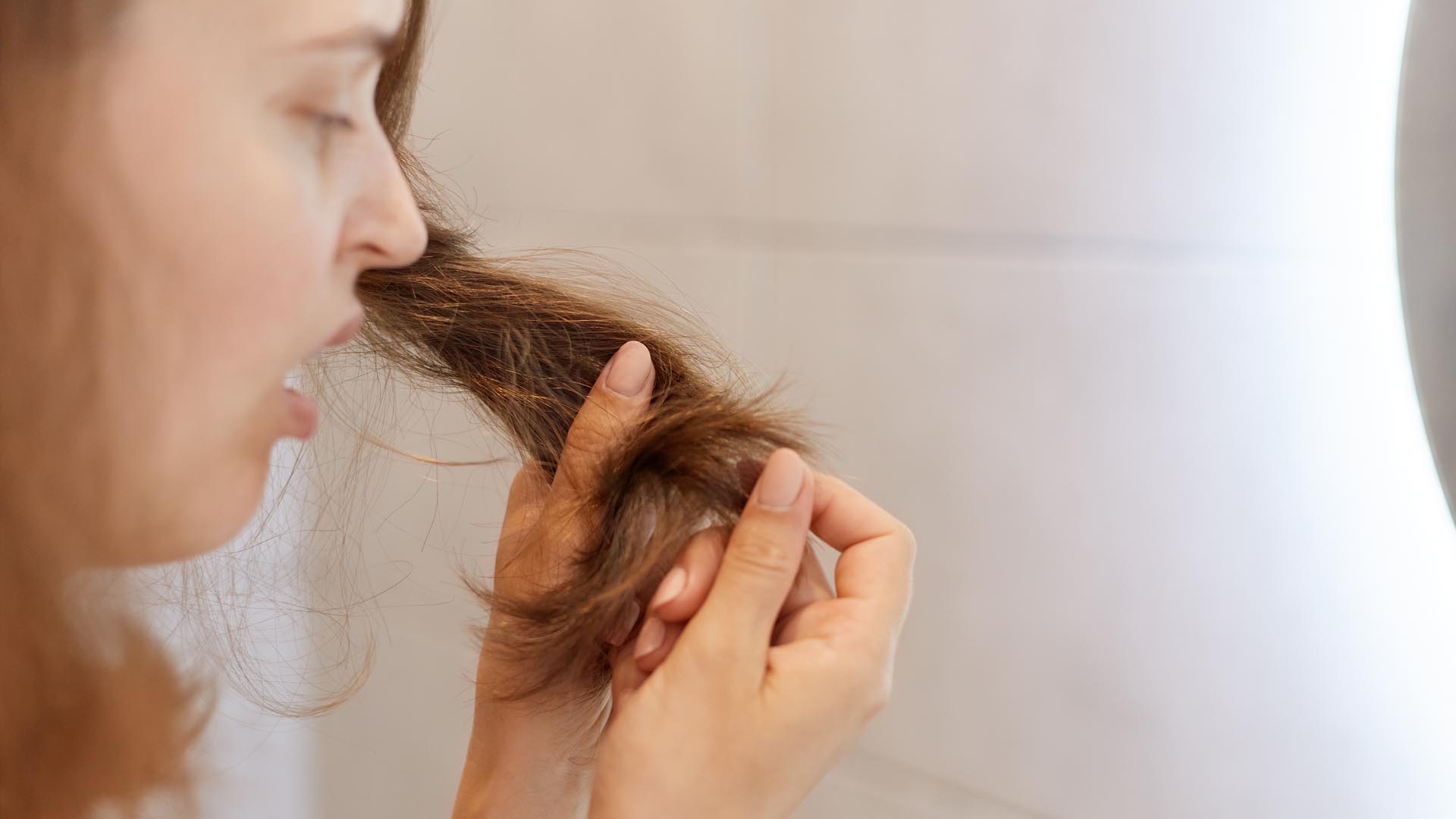Understanding Different Hair Loss Issues

The medical term for hair loss is alopecia. There are many different types of hair loss. This article will give you an idea of their distinct characteristics and their possible causes.
Male and Female Pattern Alopecia
The male pattern variety is the most common type of hair loss. It affects 50% of all men over the age of 50 years. Baldness normally begins by the time they reach their late 20’s to early 30’s. When they are in their late 30’s, most men lost a significant amount of hair.
Generally, baldness follows a pattern of a receding hairline, which is often followed by the thinning of the air on the crown, which may extend to the temples. It is quite common to see a man with a “horseshoe” shape hair pattern, around the back, extending to the sides of the head. It can progress to completely losing the hair, but these cases are uncommon.
This is hereditary. Doctors say that the cause of male pattern baldness is the oversensitivity of the hair follicles, which is linked to the increased level of a certain male hormone.
Female pattern baldness, on the other hand, is not as common as male pattern baldness. The first sign of baldness for women is the thinning of the top of the head.
Baldness in women becomes more noticeable when they reach the menopausal stage.
Alopecia areata
This variety is characterized by patches of baldness that are about the size of a big coin. These patches are visible on the scalp but it can appear anywhere on the body. It can manifest at any age, but it is more common in teenagers and young adults.
Hair may grow back in just a few months. Regrowth may appear to fine and colored white, however, over time, the strands will thicken and regain their natural color.
There are cases when sufferers develop a more serious form of hair loss, like alopecia totalis or no-scalp hair, and alopecia universalis or absence of hair on the scalp and body.
“Alopecia areata is due to the breakdown in the functions of the immune system, and this type of hair loss affects people with autoimmune conditions, like hyperthyroidism, Down’s syndrome, or diabetes” quoted by Mr. Sohail Ahmed, a hair specialist from Apollo Hair Replacement Dubai.
Scarring Alocepia
Scarring alopecia is also referred to as cicatricial alopecia. It results from the complications of another medical condition. The hair follicle is completely damaged, meaning the hair won’t grow back.
Some medical conditions that may result in scarring alopecia:
- Scleroderma affects the body’s connective tissues, causing hard and itchy skin.
- Lichen planus is characterized by an itchy rash which affects several areas of the body.
- Folliculitis decalvans is a rare form of hair loss which affects men. Aside from baldness, the affected areas will also experience scarring.
- Frontal fibrosing alopecia affects post-menopausal women. Having damaged hair follicles, there is excessive hair fall and hair does not grow back.
Scarring alopecia may affect both men and women. It is less common in children.
Anagen effluvium
This is characterized by widespread baldness, which not only affects the scalp, but also the face and body.
The most common cause of Anagen effluvium is chemotherapy. It is one of the side effects of the chemo treatment.
Hair loss becomes noticeable after a few weeks of chemo session. However, it is temporary in most cases. Hair grows back once treatment is finished.
Telogen effluvium
This is the most common variety of alopecia, characterized by widespread thinning of the hair. You will feel your hair becoming thinner, but the other parts of the body are not affected.
It may be caused by intense emotional stress, hormonal changes, long-term illnesses (which includes cancer and liver diseases), and changes in the diet. In most cases, it is temporary, so hair grows back in as little as 6 months.
Hair loss may be a simple condition, but it can have a huge impact on someone’s self-esteem.




